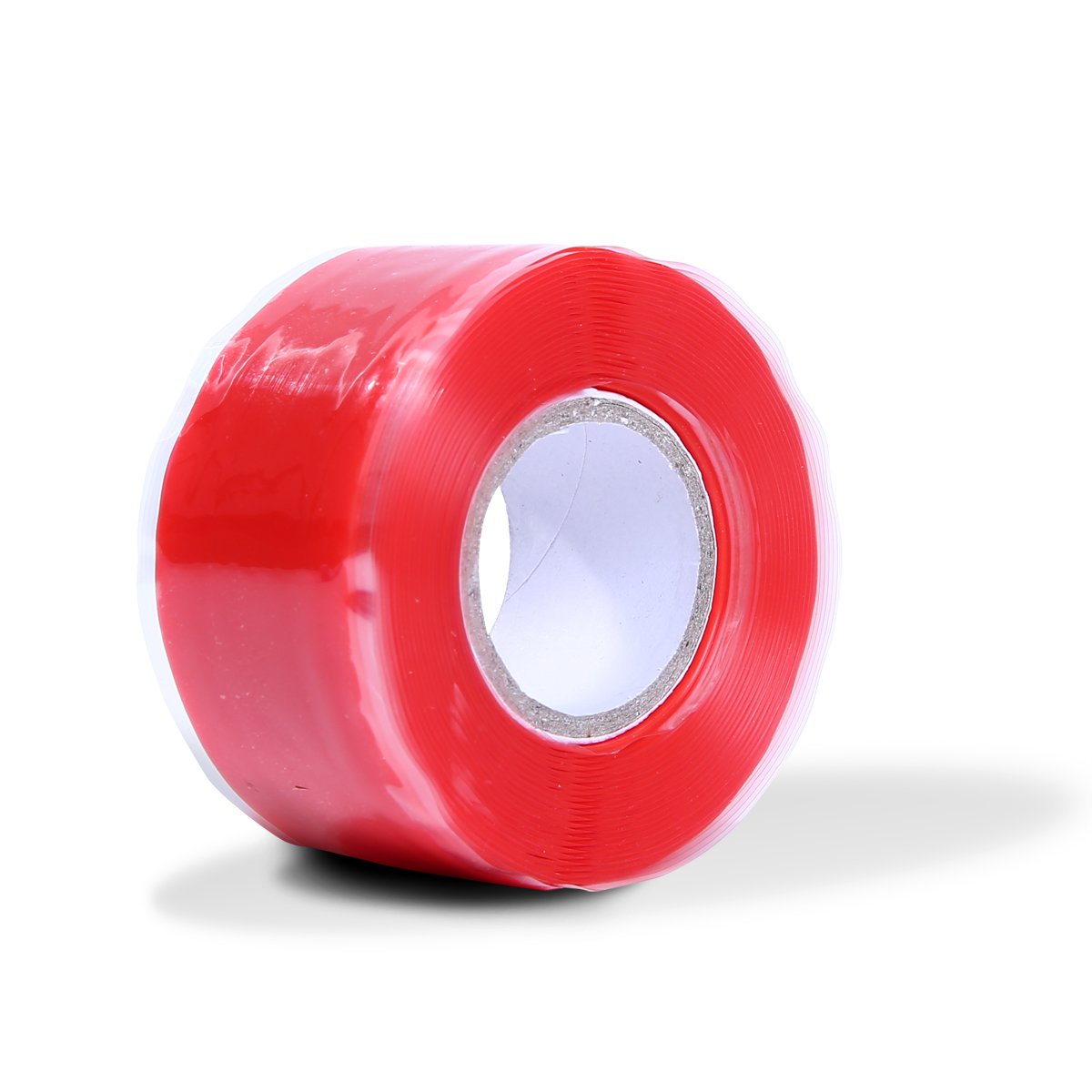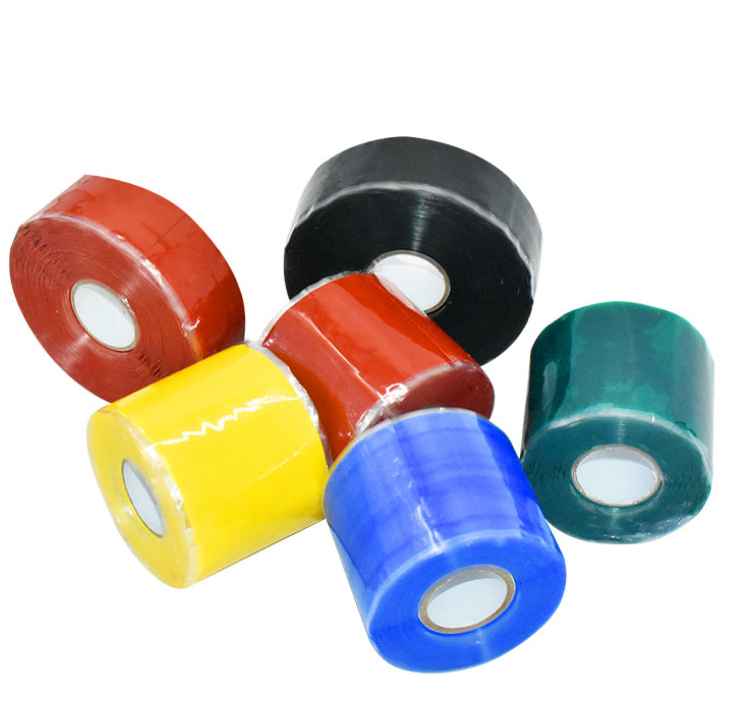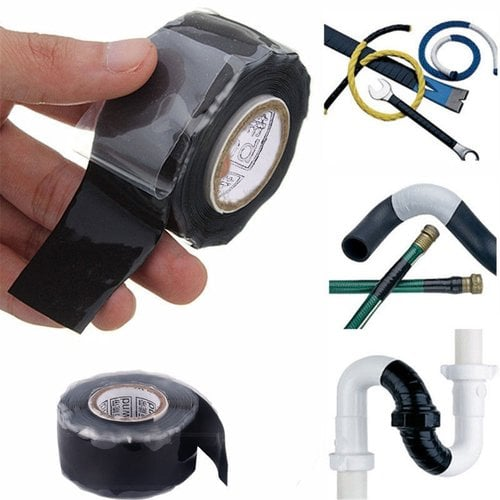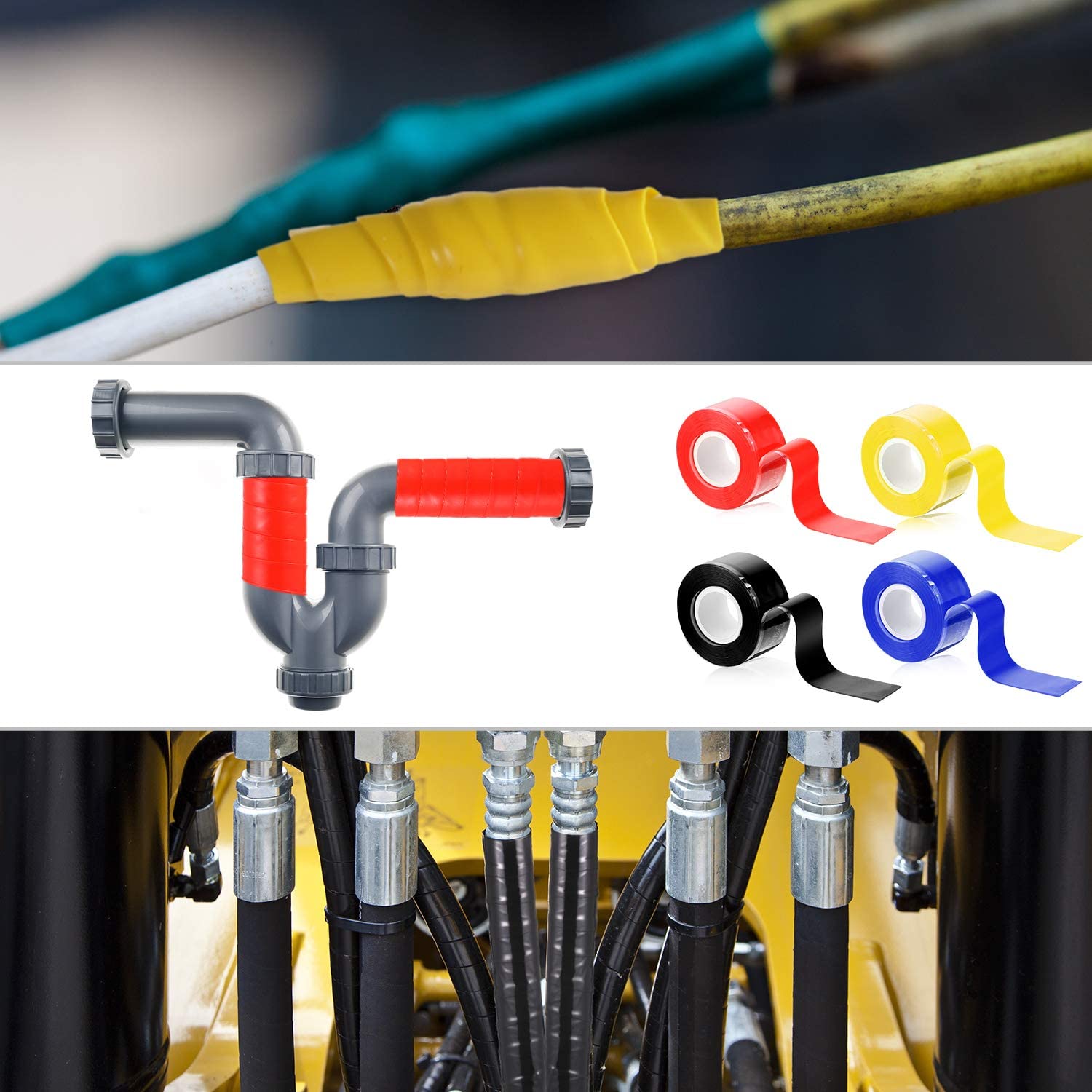First, the oil becomes contaminated with water. 1. Ways Water Enters the Oil (1) Moisture in the air condenses on the fuel tank cover due to temperature changes, forming water droplets that mix with the oil. 2. The Harm of Water in Hydraulic Oil (1) When water mixes with hydraulic oil, it causes emulsification, resulting in a cloudy, white appearance. If the oil lacks good anti-emulsification properties, the water may not separate even after sitting, leading to long-term cloudiness. This emulsified oil can corrode internal components and reduce lubrication efficiency, causing increased wear and lower system performance. Second, the oil becomes contaminated with various impurities. Solid particles in the oil come from several sources: residual debris during component manufacturing, wear particles generated during operation, and external contaminants entering the system. These impurities pose serious risks: 1. Particles can damage pumps and motors. Foreign matter entering gear pumps, vane pumps, or piston pumps can cause sticking, wear, or even blockage of the oil filter, leading to cavitation or multiple failures. Additional consequences include blocked oil filters, increased friction causing crawling, complete failure of sensitive components like servo valves, and pressure gauge inaccuracies due to clogged channels. Third, air can enter the hydraulic system through loose pipe connections, exposed oil surfaces, or faulty seals. When the oil level is low, circulation increases, making it harder to remove air bubbles. Additionally, an insufficient depth of the suction pipe can allow air to enter easily. Air mixed into the system typically appears as small bubbles (0.05–0.5 mm in diameter), which significantly affect the volumetric elasticity and viscosity of the hydraulic oil. As pressure increases, some air dissolves while the rest remains in the gas phase. Excess air reduces the oil's elasticity, slows pressure wave propagation, and increases dynamic viscosity. This mixture of air and oil can lead to instability, vibration, noise, pressure fluctuations, and inaccurate movements. It also increases power consumption, accelerates oil oxidation, and reduces lubrication effectiveness, ultimately affecting the overall performance and reliability of the hydraulic system.
Self fusing silicone tape
Description:
Self fusing silicone tape is based on silicone rubber material, has super strong strength and elasticity, shocking self fusing ability. It is corrosion-proof, can resist high and low temperature which ranges from -60 degree C to 260 degree C. Also has high resistant to harsh solvents, chemicals, UV. Superior water and air tight sealing performance. Can stand high pressure and voltage, easy to apply.
Applications:
Widely used to protect control cables, gear cables, coolant pipes, air conditioning and ventilation pipes, fuel hoses and heat sensitive parts, water pipes, water tap etc.
Colors:
Red, white, transparent, black, yellow, green, blue, orange.
Thickness: can ranges from 0.3mm to 1mm. Among them 0.5mm thick is the most popular because of it`s high cost performance.
Sizes:
25mm/50mm by 1meters, 1.5meters, 3meters, etc.
Self fusing silicone tape,Self fusing tape,silicone self fusing tape,self fusing silicone rubber tape Kunshan Jieyudeng Intelligent Technology Co., Ltd. , https://www.jerrytape.com
(2) Damaged seals on coolers or heat exchangers, or cracks in cooling pipes, allow water to leak into the oil system.
(3) Moist air enters through the hydraulic cylinder rod seal and condenses into water droplets inside the system.
(4) Water can also be absorbed by the oil during use or when the oil is exposed to humid environments, further increasing contamination levels.
(2) Rust from iron parts in the system can flake off and circulate throughout the hydraulic system, leading to widespread internal rusting and more debris.
(3) Water reacts with certain oil additives, creating contaminants like sludge and colloids, which accelerate oil degradation.
(4) Sulfur and chlorine in water can react with the oil to produce sulfuric and hydrochloric acids, increasing abrasive wear and accelerating oxidation, possibly leading to sludge buildup.
(5) These contaminants act as catalysts for further oxidation, eventually causing blockages in valves, filters, and oil lines, resulting in system malfunctions, reduced cooler efficiency, and poor performance.
(6) At low temperatures, water can freeze into small ice particles, clogging control elements and causing operational issues.
2. Impurities can harm hydraulic cylinders by wearing pistons, rods, and seals, reducing efficiency and potentially causing the cylinder to lock up.
3. Contaminants can jam or clog valve components, leading to improper function, and even if no immediate failure occurs, they cause premature wear and increased clearance.
4. Bacteria growth from contaminants can speed up oil aging, turning it black and smelly, worsening pollution, and creating a cycle of deterioration that leads to more severe problems.


